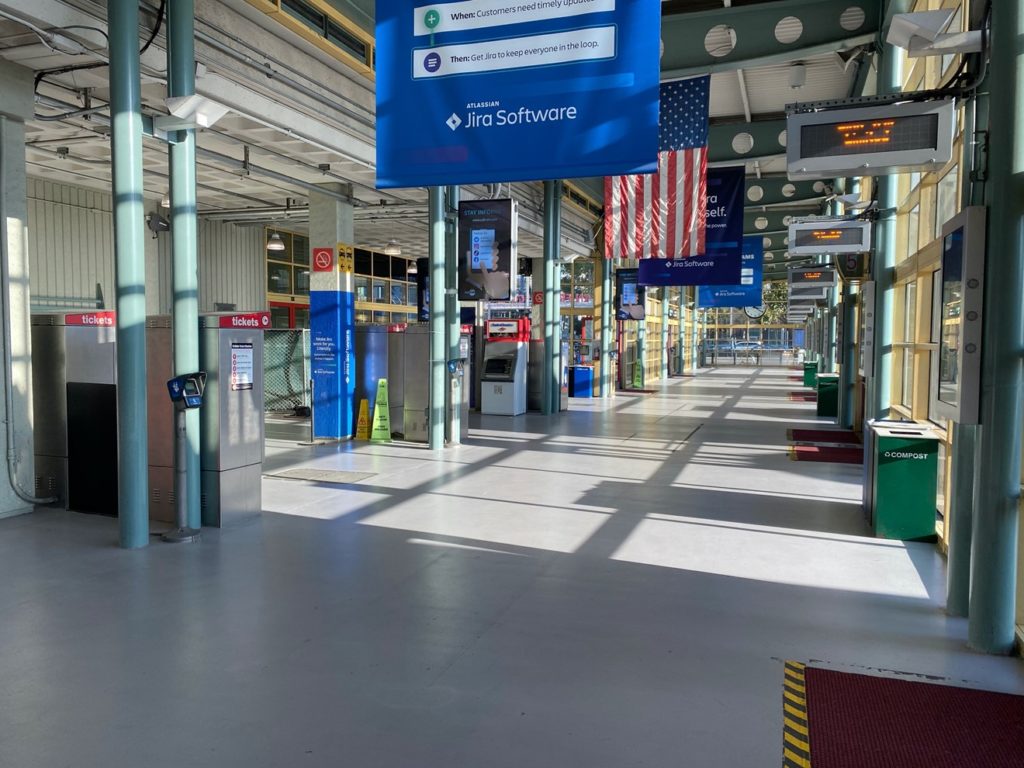SUNNYVALE, CA: Daily life in the Silicon Valley remains heavily disrupted eight months after the coronavirus arrived on America’s west coast. At Apple headquarters in Cupertino only 1 000 of 12 000 employees actually work at the office. The rest are at home, like millions across the globe, staring at computer screens with no physical interaction with colleagues.
A Stanford University study finds that 42% of the American labour force is now working remotely. Here as elsewhere that translates into restaurant, café, and retail closings. Traffic is a fraction of what it was. Hotel and rental car rates have been slashed. Landlords are cutting rents to cajole tenants from fleeing to distant locations where costs are lower.
The share prices of the tech companies headquartered in the Valley may be soaring but their office complexes resemble ghost towns. The ubiquitous unmarked white buses that shuttled thousands to and from San Francisco and Oakland are gone.

The defeat of Donald Trump in the presidential election elicited a collective sigh of relief in this heavily Democratic area.
The most common post-election comment I hear is dismay that 70 million Americans actually voted for Mr. Trump.
A new day may be dawning for foreign nationals, hoping that Trump-era restrictions on H1B visas will be lifted.
Two ballot initiatives delivered good news to the tech sector. Fifty-three percent of California voters said app-based ride-sharing and delivery drivers can continue to be independent contractors. The vote overturned recent legislation requiring gig workers to be regular employees entitled to benefits. Uber, Lyft, DoorDash, and others spent $200 million to promote a ‘yes’ vote, threatening to leave California if the vote went against them. California is unique in routinely asking voters to determine the fate of policy matters.
Voters also rejected restoration of preferential treatment of blacks and Hispanics in public sector hiring. A similar measure on affirmative action had been defeated 25 years ago. California’s population of 50 million is 39% Hispanic, 37% non-Hispanic white, 15% Asian, and only six percent black.
The Bay Area economy is bifurcated with some companies doing well while many small businesses struggle. In Fremont on the east side of the Bay, Tesla is booming. Some 10 000 employees on multiple shifts crank out three versions of the popular battery-powered vehicles. Fast food restaurants are thriving even though customers are typically not allowed to eat inside. Here, in Sunnyvale, short-staffed McDonalds exhorts patrons in the drive-through lane to consider coming to work.

Commuter trains from San Jose to San Francisco operate with load factors down 50 to 80%. On 5 September, I made the 80-minute journey into the city and found the San Francisco terminal essentially empty. The Caltrain station is only a short walk from Uber, Lyft, Airbnb, Twitter and Square, all of which are doing well despite having only skeleton staffs on site.

Economists are divided on whether the worst of the pandemic-induced recession is over. Some point to data suggesting a recovery is underway while others say really bad times are coming. As the Hemingway character in The Sun Also Rises explained, his bankruptcy came in two ways; gradually and then suddenly.
Image by StartupStockPhotos from Pixabay

